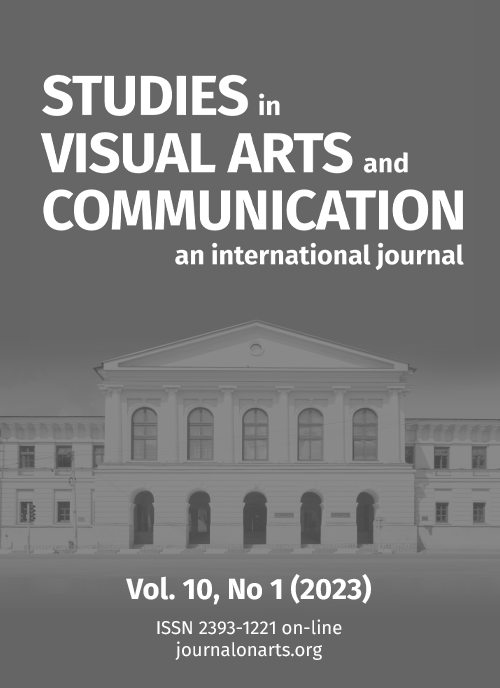The Spatiotemporal City: Unveiling Time and Space in Metropolis
The Spatiotemporal City: Unveiling Time and Space in Metropolis
Author(s): Ali ShobeiriSubject(s): Fine Arts / Performing Arts, Photography, Visual Arts, History of Art
Published by: Editura ARTES
Keywords: photography; spatial; temporal; city; Metropolis; long-exposure; lived space;
Summary/Abstract: Since its very conception, the medium of photography has been registering the unfolding of time and space in the urban space. The thinkers of photography, however, not always had the same stance on how this spatiotemporal representation is conceived by the photographer and perceived by the spectator. In his well-commended photographic exhibition, called Metropolis (2016), Dutch photographer Martin Roemers has captured the quintessential time and space of diverse metropolises across the globe. Revitalizing the age-old photographic technique of long-exposure, his aim was to challenge the putative representation of time and space as being forever fixed in the frame. By focusing on the Metropolis photo series, this article examines how Martin Roemers’s use of long-exposure accounts for a paradoxical embodiment of time and space in the city. To this end, it first explores how theoreticians of photography, such as John Szarkowski, Geoffrey Batchen, and Roland Barthes, have pondered on the representation of time with respect to long-exposure. Next, by discussing the work of André Bazin and Christian Metz, it discusses how long-exposure can reveal and register a segment of the city space. Finally, by drawing on Walter Benjamin’s concept of “optical unconscious” and Michel de Certeau’s idea of “lived space”, this article proposes that Roemers’s photographs have manifested the spatiotemporal city: a simultaneously transient and fixed, still and moving, thus ephemeral yet eternal urban environment.
Journal: Studies in Visual Arts and Communication
- Issue Year: 10/2023
- Issue No: 1
- Page Range: 3-10
- Page Count: 8
- Language: English

